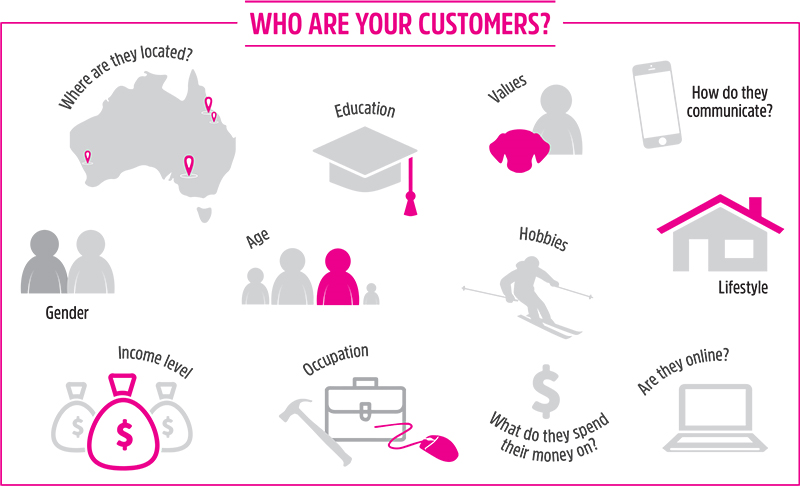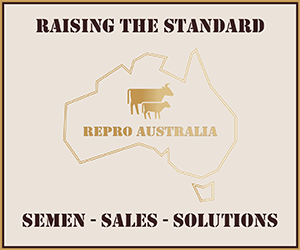Marketing is a business of people, it is who you engage with, how you engage with them and making people engage with you. A target market sets the foundations of any marketing strategy as it defines who It is your business will resonate with. After all, if you don’t know who you are engaging with, can your business reach its full potential?
What is a target market?
A target market is the group of people most likely to engage with or buy your product. By understanding your customer base (both potential or established) you are able to tailor your marketing strategy to suit the most relevant audience possible.
Targeting a specific group or market does not mean you are excluding people, it simply means you are redirecting your marketing expenditure and resources to appeal to those who are more likely to in turn spend their money with you. This is a more efficient, affordable and effective way of spreading your brand message.
No business can afford to target everyone, so not only does understanding your target market help to establish a relevant client base it also helps reduce resource wastage. As more competition in your field emerges, the standard belief that ‘if you put your business out there the customers will come’ becomes outdated, and generalised information or sales points become a dime a dozen. This is where targeting specific groups most appropriate for your offerings comes in. It is important to note that you can have more than one target market, as often there are different niches within a defined group.
What value they provide
What a defined target market provides is invaluable insight into those who are interested in, spending money with or have an established history with your business.
Knowledge is power
Knowing and understanding your target market helps you pursue relevant opportunities.
The key here is differentiating between ‘knowing’ and ‘understanding’. You can know that you sell 63% of your bulls to farmers aged between 40-45 and you can know that of that 63%, 75% are males, however do you understand why?
Who exactly are these 40-45 year old males? Have they become recent owners of an established farm due to a succession plan or are they from the city seeking a change of pace and career? Are they stud breeders or commercial breeders and are they purchasing the top priced bulls or are they looking for the cheaper bulls to save money? What are they wanting those bulls for exactly and where are they from? Are they traveling to purchase from you or are they local.
Who are your current clients and what are they buying the most off you?
When analysing your current customer base look for commonalities between clients, such as characteristics, interests, location and Occupation. Its quite likely that other people with these commonalities will be interested in your services as well. It is also worth noting whether you are attracting new business and clients or if you rely on repeat business.
Once you have looked at your own client base, it is very useful to look at your main competitors and who they are targeting. This is not about acquiring their clients, but rather so you can see what the key difference in your offerings are, those who engage with them and also see if there is a key market they are overlooking.
How do you establish your target market
Your need to figure out which specific demographics to target, consider;
- Location
- Occupation
- Income
- Age
- Gender
- Education and income level
You also need to look to the individual people themselves, things like;
- Values
- Lifestyle
- Interest / hobbies
Example, a turf company could choose to market to homeowners between the ages of 30-50 with incomes of $35,000 – 85,000 in the New England area, New South Wales. With this being their base target market they can further refine it by marketing to those with an interest in gardening or real estate investment. This can then be divided into specific marketing niches such as young professionals and investors.
By looking at the individual you can start to understand how you should engage with them, for example, should you use newspaper advertising or social media, should you be sponsoring events or is word of mouth your most valuable asset? Are these people likely to look you up online or do you need to find a way to make face-to-face contact? You can also tailor your advertising schedule to suit their lifestyle, for instance, if you know that your client will be outlaying a large amount of money yearly in March, August and November, you can target their off months when they don’t have the added pressure of a big expenditure coming up.
It is important to realise that you are not the only one trying to find this information, if you do some research online you may find more information about the same or similar demographics you are looking at. This information might be found in anything from Blogs to newspaper articles and surveys.
Defining your target market may seem like a lot of work, but once you know who you are targeting and why it, is much easier to develop a marketing strategy that is relevant and will resonate with them – hopefully growing your business in the process.
Example: A leatherworker who lives in a remote location wants to market their wares to potential customers online. In order to succeed they decide to target women aged between 14-45, have regular access to the internet, use social media, enjoy a healthy social life and a mid-high level of style and disposable income. The target market can be split into two main niches, those with a independent income and those who are still dependent on their parents. Being that social media will be the main promotional tool for sales and exposure the owner is able to use a segmented approach to deliver varied content to different age groups and tailor it to her main niches specifically.










